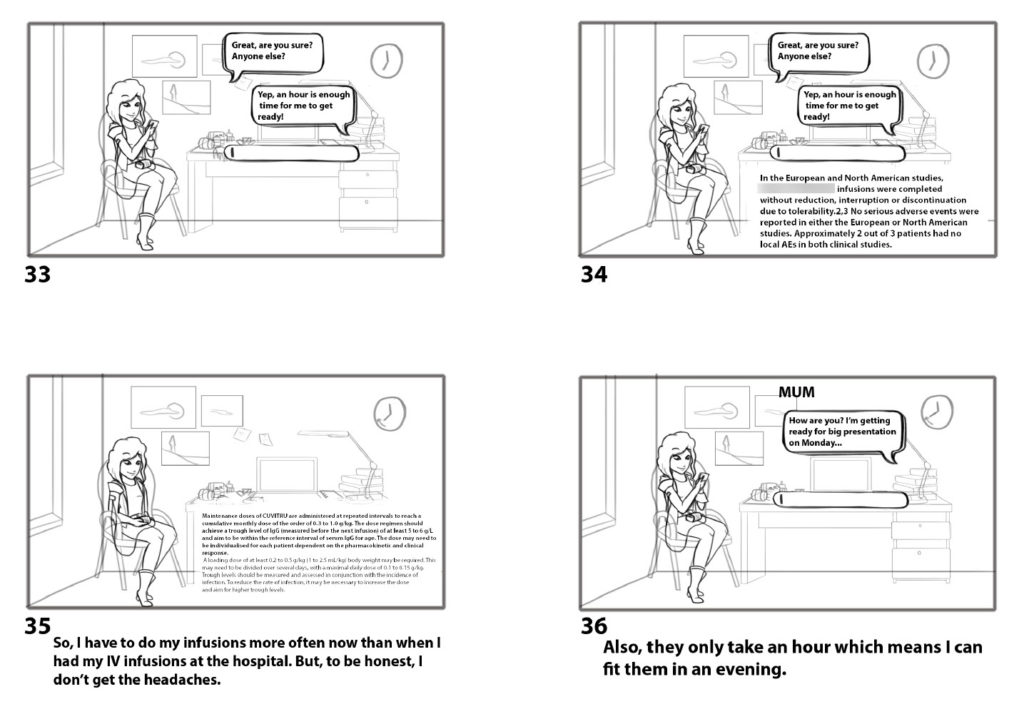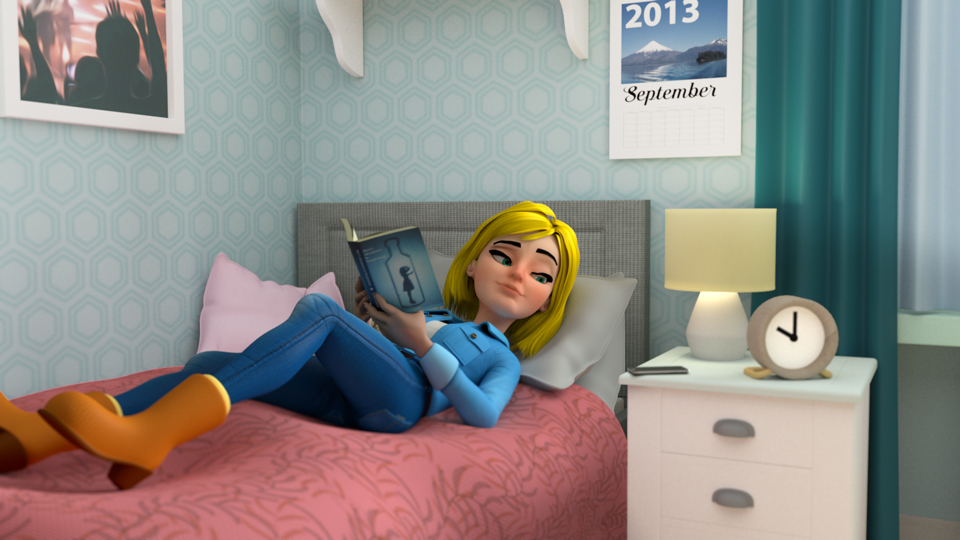An intro into 3D animation production
Have you ever wondered about the 3D animation production process, and the pipeline behind it? Have you heard the words – Pre-Production, Production and Post Production, and are unsure on the meaning? Here is a quick guide to help you understand all the elements behind the production pipeline for a 3D animation.
The Idea – The first step in creating your animation is establishing the idea, the aim and main purpose to intrigue the viewer. With the perspective of the idea set in place, it’s time to create and institute the story.
Client Meeting – Having a client meeting and the forefront of the project gains a huge advantage, enabling us to understand the meaning behind the story and your animation needs.
3D Animation Production – Pre-Production
Script & Storyboard – Once the idea has been established, the next stage is developing the script, you can either supply the script to us, or we are able to write this for you, we would need to know this in the client meeting.
Once the script is in place, it’s time to put pen to paper and draw up a storyboard, which is a sequence of images, laying out the two dimensional boundaries on how to display the final animation. First dimension is time: what happens first, next and last? The second is interaction: how does voice-over and/ or sound effects interact with the images? How will it convey the story to the audience?
Top tip: It is important for the script and storyboard to be formally approved before we start production.
Animatic – Once the storyboard has had it’s final approval, this will then be created into an animatic, which lays out the story, and is not the final look for the animation. This then becomes the primary reference for the animation, the animatic is used by every team member, which will then be later enhanced by the designers in developing the final footage.











